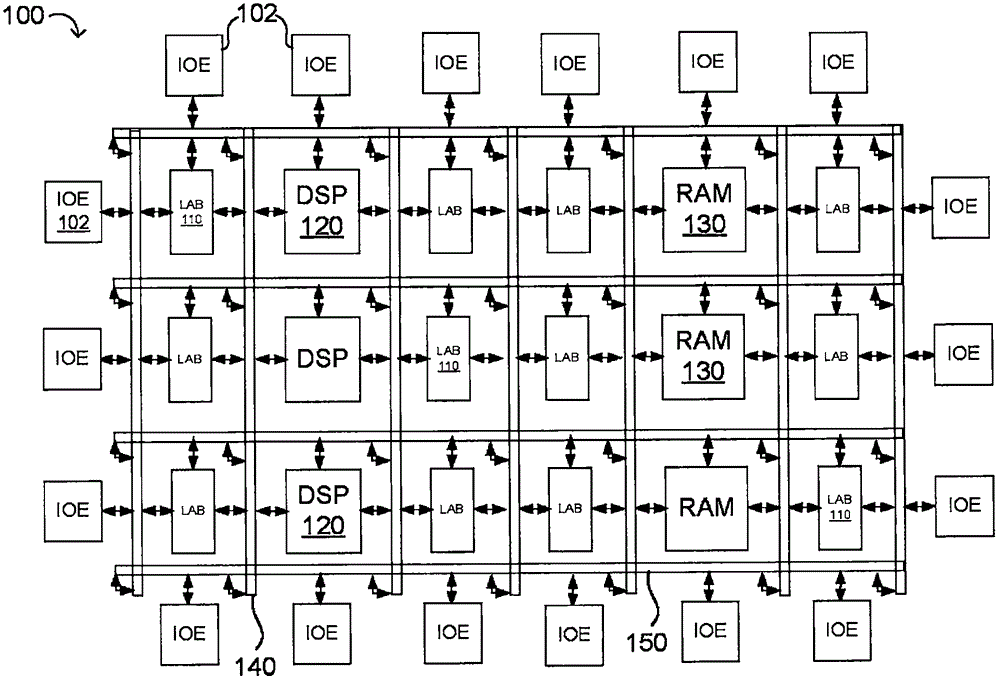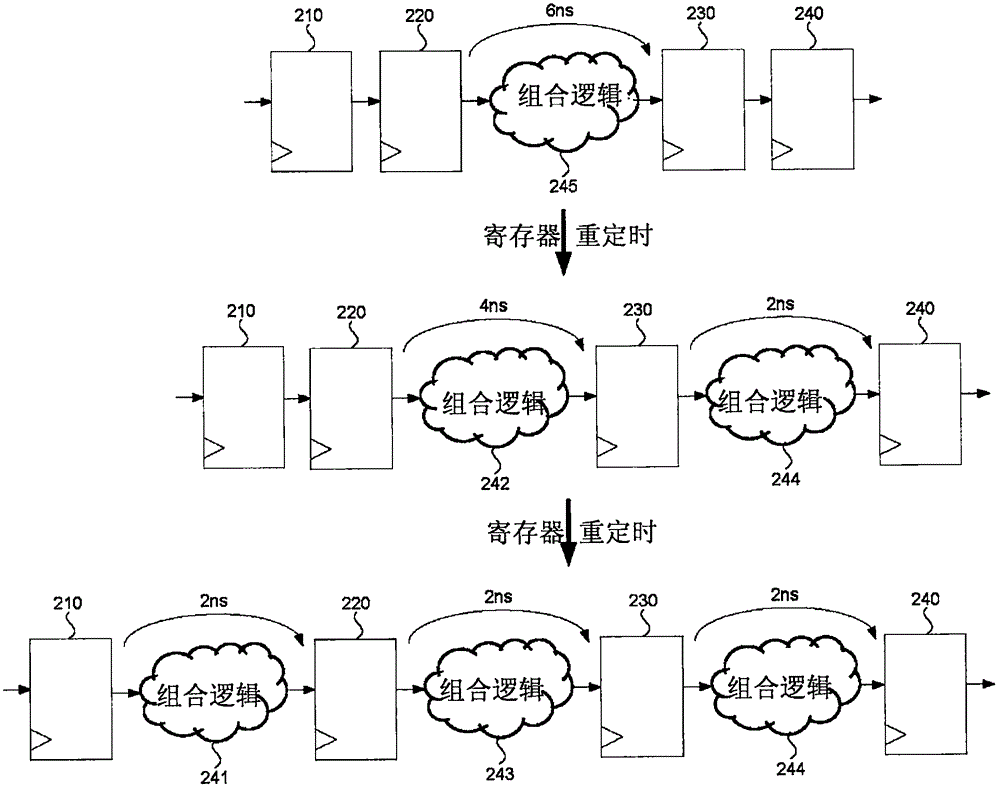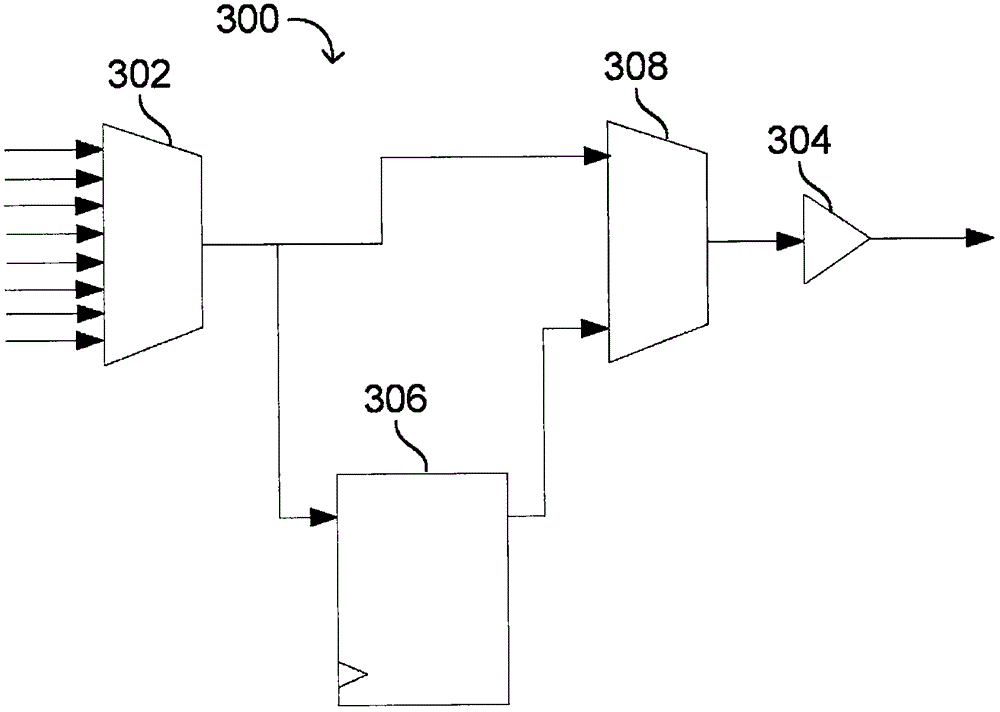Incremental register retiming of an integrated circuit design
A circuit design, retiming technology, used in CAD circuit design, computer-aided design, instrumentation, etc.
- Summary
- Abstract
- Description
- Claims
- Application Information
AI Technical Summary
Problems solved by technology
Method used
Image
Examples
Embodiment 1
[0172] Additional embodiment 1: A method for operating a circuit design computing device, the method comprising: using the circuit design computing device, receiving a first circuit design and an implementation of the first circuit design generated at least in part as a result of a register retiming operation; using the circuit design computing device, receiving a second circuit design as a result of an engineering change order for the first circuit design; using the circuit design computing device, identifying differences between the first circuit design and the second circuit design; and using the circuit design computing device, performing a compilation of the second circuit design to generate a second circuit design implementation, wherein the compilation involves reconfiguring the register based on the identified differences between the first and second circuit designs and the register The result of a timed operation to perform an increment register retime operation.
Embodiment 2
[0173] Additional embodiment 2: The method of additional embodiment 1, wherein identifying the difference between the first circuit design and the second circuit design comprises: identifying a first region of the first circuit design having a predetermined function; and identifying a second region of the second circuit design having the same predetermined function.
Embodiment 3
[0174] Additional embodiment 3: The method of additional embodiment 2, further comprising: identifying a third region of the first circuit design coupled to the first region; and identifying a third region of the second circuit design coupled to the second region the fourth area.
PUM
 Login to View More
Login to View More Abstract
Description
Claims
Application Information
 Login to View More
Login to View More - R&D
- Intellectual Property
- Life Sciences
- Materials
- Tech Scout
- Unparalleled Data Quality
- Higher Quality Content
- 60% Fewer Hallucinations
Browse by: Latest US Patents, China's latest patents, Technical Efficacy Thesaurus, Application Domain, Technology Topic, Popular Technical Reports.
© 2025 PatSnap. All rights reserved.Legal|Privacy policy|Modern Slavery Act Transparency Statement|Sitemap|About US| Contact US: help@patsnap.com



